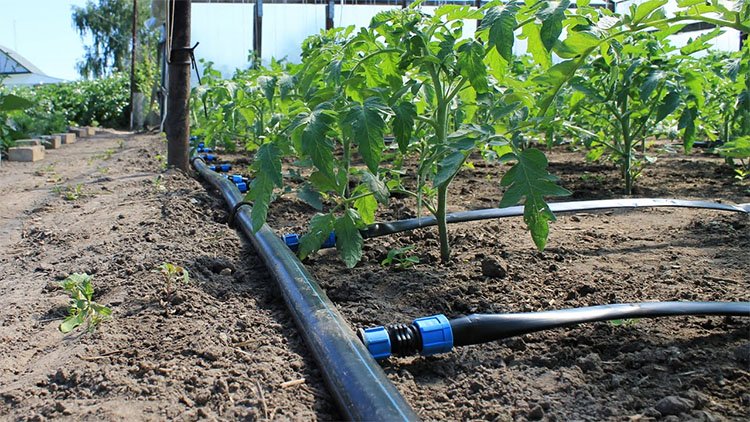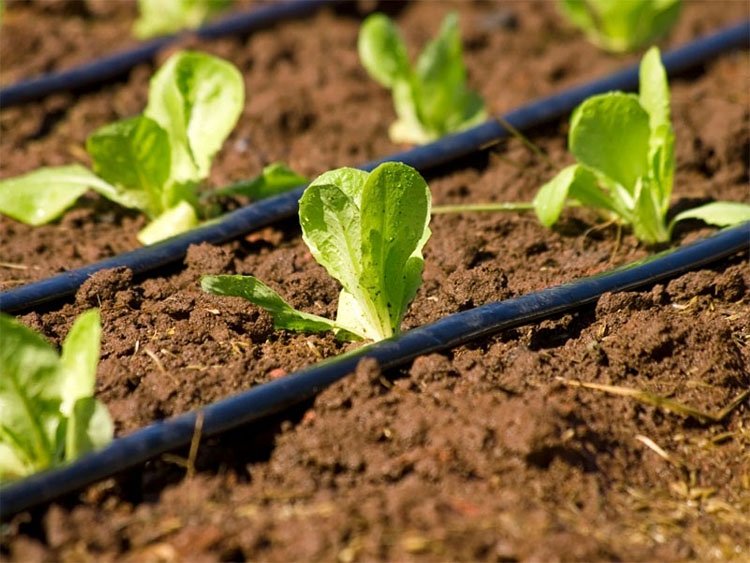Drip Irrigation

Drip Irrigation
The disadvantages of a sprinkler system are that a lot of water is typically wasted due to evaporation of the water droplets, as well as unevenness of distribution. Drip systems use less total water because it is applied where the plants need it most – in the region of the roots.
The concept of drip irrigation is simple. Small outlets at various points along the drip tubing allow even quantities of water to trickle into the soil over a period of time.
Some of the benefits of Drip Irrigation Systems include:
- Saves Water: Studies show that drip systems use 30-50% less water than conventional water methods.
- Improves Growth: Smaller amounts of water applied over a period of time provide ideal growing conditions.
- Discourages Weeds: Water is only delivered where needed.
- Saves Time: Moving sprinklers around is not required. A timer can be added for automatic watering schedules.
- Reduces Fungus Growth: Fungus grows quickly under moist conditions. Also, wet foliage can spread disease.
- Adaptable: A system can be modified easily to adjust to changing water needs of a garden.
